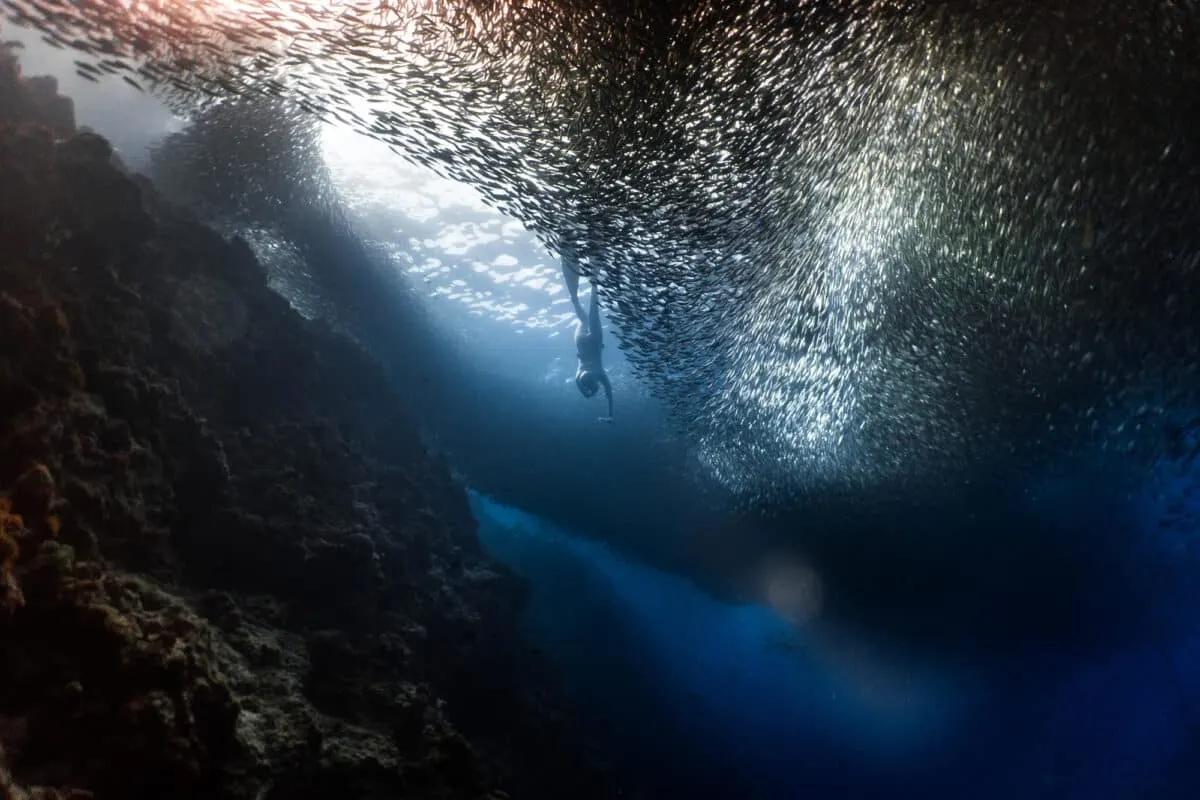Have you ever heard of the breathtaking Sardine Run? It’s an incredible spectacle: a single, immense school of sardines that stretches up to seven miles long, two miles wide, and 30 feet deep — making it possibly the largest school of fish ever witnessed.
The Sardine Run Phenomenon – What Is It?
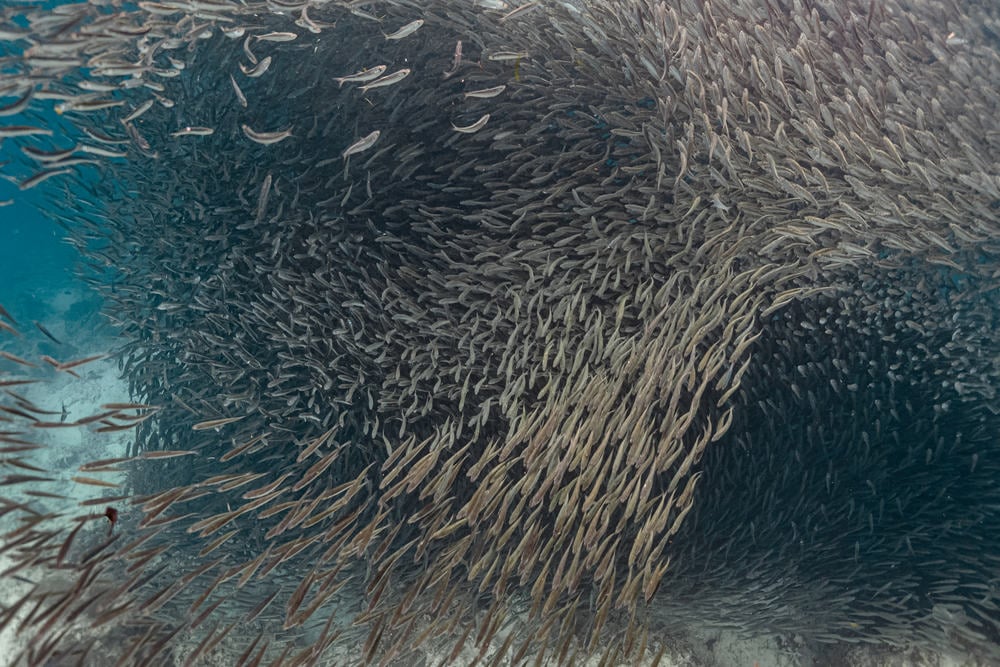
Every year along South Africa’s coastline between May and July, billions of tiny silvery fish gather in an epic migration. They migrate from their deeper-water spawning grounds off Namibia to cooler waters off South Africa’s Eastern Cape coast before heading back into deeper waters after summer. This creates a feeding frenzy for predators along the way.
The sheer size and spectacle of the Sardine Run are unlike anything else on earth. It draws marine enthusiasts and scientists alike to witness the phenomenon. But, what makes it so special?
For starters, it’s the largest migration of fish in the world. Beyond that, it’s an opportunity to see nature at its rawest and most chaotic as dolphins, sharks, and whales compete for their share of the sardine banquet. If you’re looking for a once-in-a-lifetime experience, the Sardine Run should be high on the list.
Where Can You Observe This Unique Event In Nature
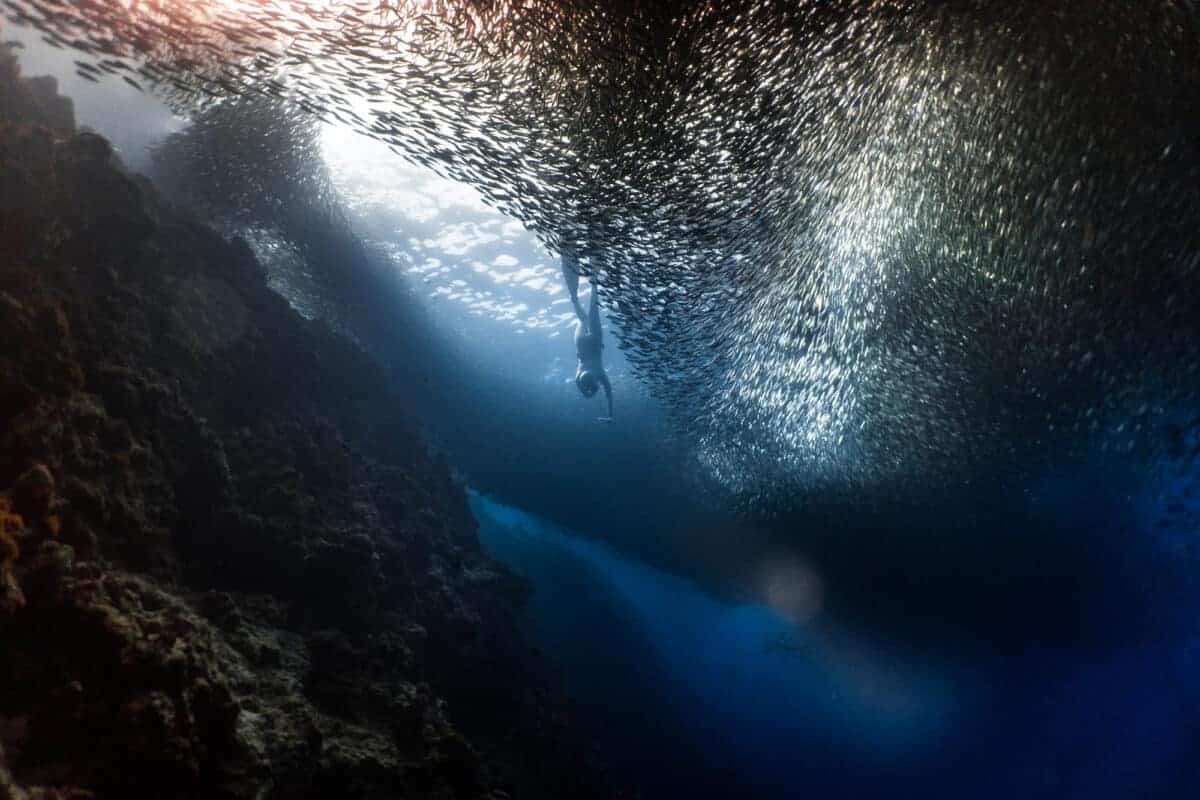
If you’re searching for a front-row seat to witness the awe-inspiring phenomenon of nature, then you’re in luck! There are plenty of places to watch this unique event unfold in splendor.
Although you can observe the sardine run from essentially any point on the South African East Coast, there are a few cities that grant you especially good seats to this wildlife spectacle. These include Port Elizabeth, Durban, Coffee Bay, Port St. Johns, and Scottburgh.
Moreover, there are many different ways in which you can observe the largest school of fish:
- From Shore: Standing on rocky outcrops or sandy beaches, one can witness the Sardine Run spectacle unfold before their eyes. Optimal viewing times are early mornings and late afternoons. During this time, the shimmering bait balls and marine predators create an especially dazzling show.
- Cliff-top Vantage Points: Positioned atop towering cliffs, observers can enjoy sweeping panoramic views of the ocean. These elevated locations provide an ideal perspective to witness the mesmerizing ballet of sardines and the thrilling pursuit of predators. The best time to visit is during the mid-morning hours when the sun’s rays illuminate the turquoise waters.
- Boat Excursions: Chartering a boat allows enthusiasts to venture into the heart of the action. Setting sail at daybreak, when marine activity is at its peak, offers an unforgettable encounter with the Sardine Run. From the vessel, you can witness dolphins, sharks, and seabirds orchestrating their chase, creating a symphony of wildlife.
- Scuba Diving: For those seeking an immersive experience, scuba diving alongside the Sardine Run is an unparalleled adventure. Plunging into the depths of the ocean, you become part of the vibrant ecosystem. You’ll be surrounded by the swirling masses of sardines and their vigilant predators. Diving during the midday hours ensures optimal visibility.
The Number of Sardines Involved in the Largest School of Fish
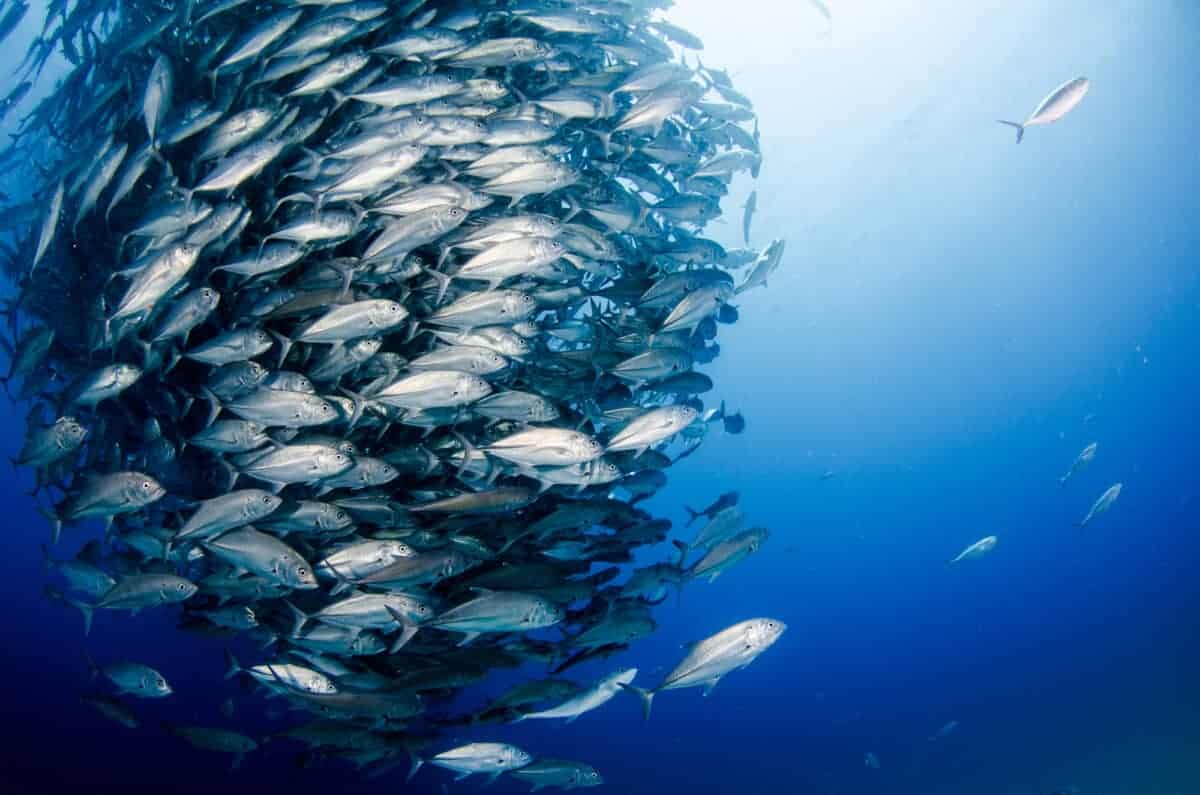
The sheer volume of sardines involved in some fishing endeavors is genuinely awe-inspiring. It’s easier to imagine the scope of this massive sea life migration once you witness it firsthand.
Although it’s impossible to establish an exact number, it’s safe to say that the largest school of fish consists of millions of sardines. These tiny fish move in unison, creating a living, shimmering wave that stretches as far as the eye can see – a breathtaking display of the power of numbers.
And while it’s hard to fathom just how many sardines are present in these moments, it’s clear that we must continue to monitor and respect these delicate ecosystems to ensure their survival for generations to come.
Other Species You May Encounter
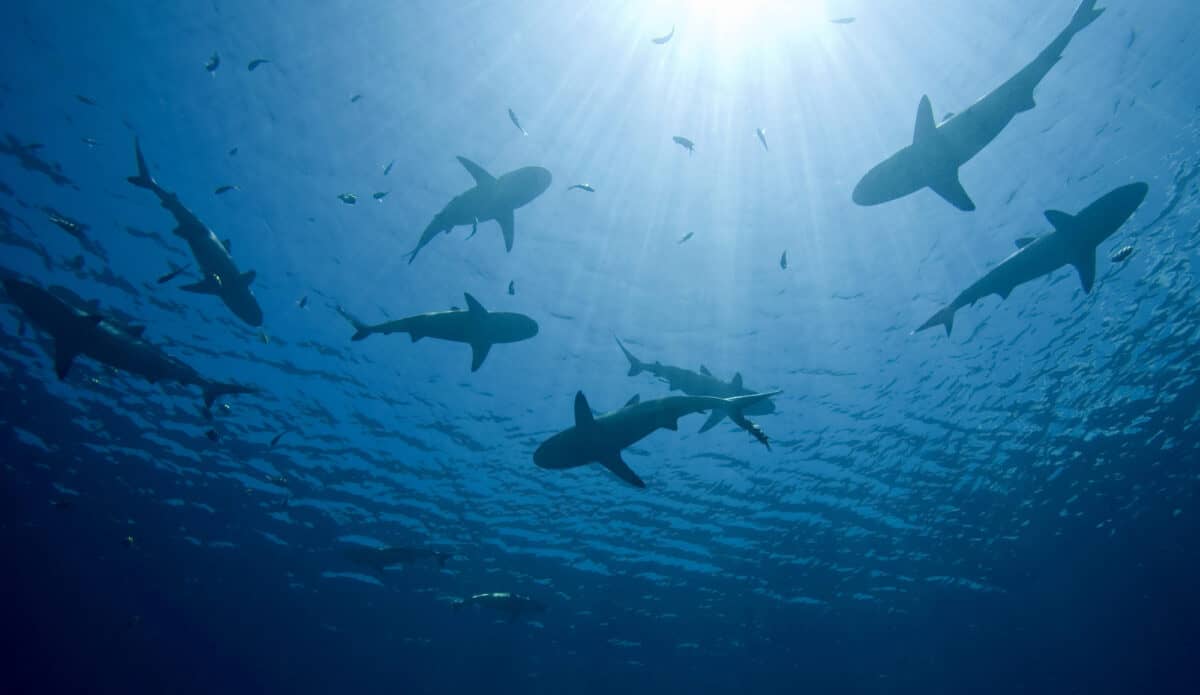
The following is a list of animals that you may encounter when witnessing the sardine run:
#1 Dolphins
Nimble and intelligent, dolphins play a pivotal role in the Sardine Run. Working in coordinated teams, they encircle the sardine shoals, herding them into tight bait balls.
#2 Sharks
Apex predators, such as copper sharks and dusky sharks, capitalize on the Sardine Run as an opportune feeding event. With heightened activity and ample food supply, they patrol the waters, plunging into the bait balls to secure their share. The Sardine Run acts as a vital source of nourishment, supporting their survival and energy demands.
#3 Seabirds
Cape gannets and various species of terns and gulls join the grand spectacle. They swoop and dive from great heights, plunging into the water to seize sardines with remarkable precision.
#4 Game Fish
Yellowfin tuna and king mackerel are among the prominent game fish that eagerly partake in the Sardine Run. They pursue the sardines, relishing the feast and capitalizing on the opportunity to gorge themselves, ensuring they regain their strength for future endeavors.
Tips For Observing the Sardine Run Safely
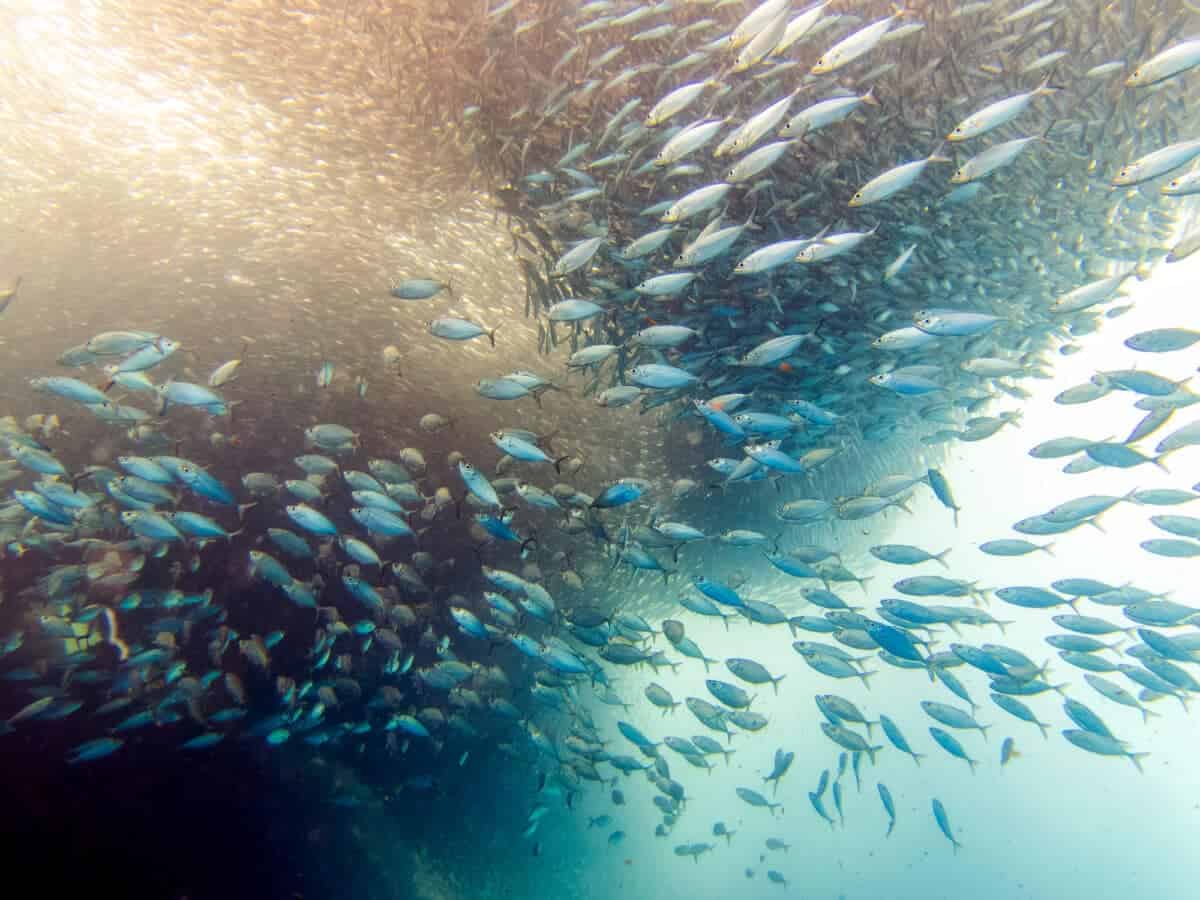
If you’re planning to witness the spectacular Sardine Run, it’s essential to prioritize safety. Observing this grand aquatic event can be breathtaking, but taking precautions is crucial.
Safety should be your top priority whether you’re on land or water. Always wear a life jacket if you plan to watch from the water. Furthermore, opt for an experienced guide who can maneuver the boat safely. If you’re watching from the shore, keep enough distance from the water to avoid being washed away by the gigantic waves.
Moreover, carry a pair of binoculars to enjoy the view from a distance. Finally, be prepared with sunscreen, a hat, and a water bottle. Being prepared will only add to your experience, making it even more enjoyable.
Conclusion
A greater understanding of the movements and habits of sardines will allow us to benefit in more ways than one – from food security to ocean conservation. We can also witness – and be reminded of – the complex interplay between countless species on our planet and the symbiotic relationships that they form.
To ensure that today’s sardine success stories are tomorrow’s, we must continue to protect our oceans and marine environments so that future generations also can marvel at the largest school of fish. If anything, the sardines truly prove that there is strength in numbers.
Thank you for reading this article! Continue your marine exploration and read about this friendly whale or acquaint yourself with Florida’s alligator population or Chasing Baitballs in the Azores with Martijn Schouten.
- Bear Saved From Drowning In Cheese Ball Container - May 15, 2024
- Humans Help Turtle Escape From Tiger Shark - May 15, 2024
- Dog Brings Home New Raccoon Bestie - May 15, 2024

